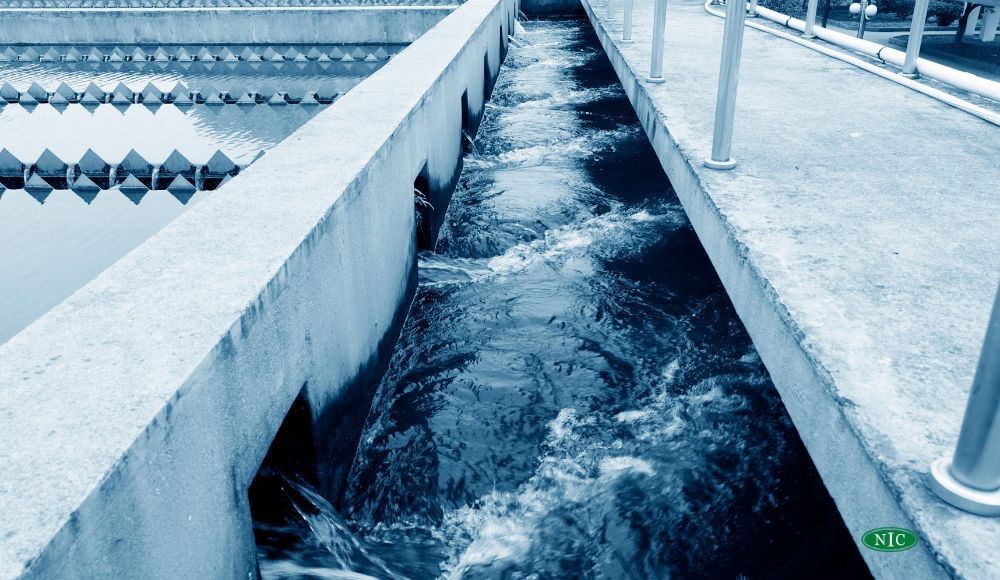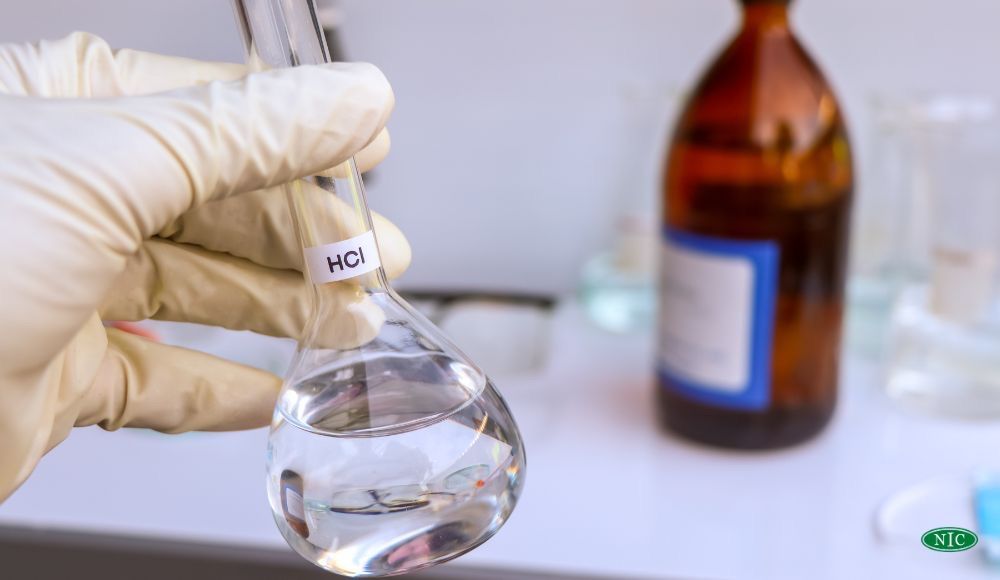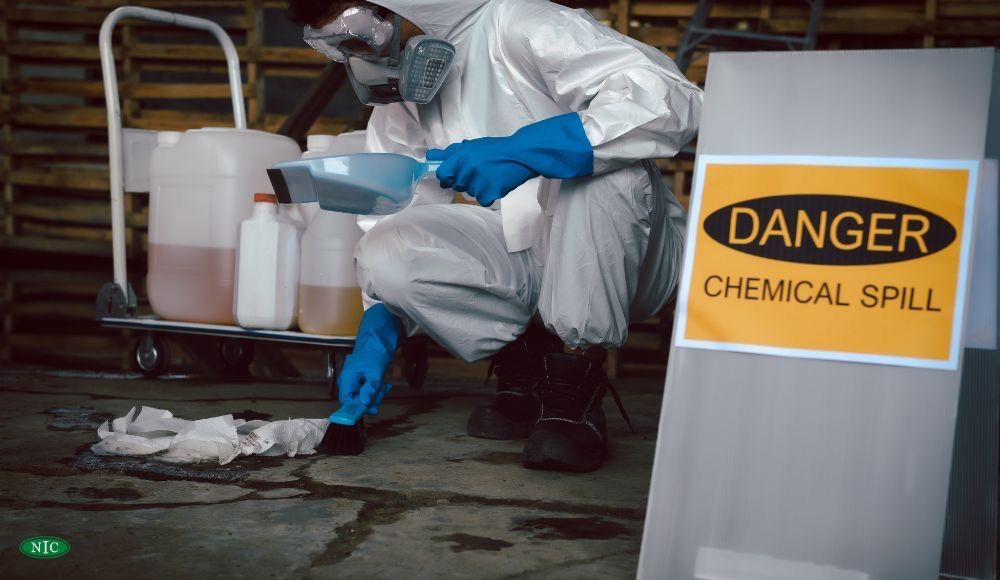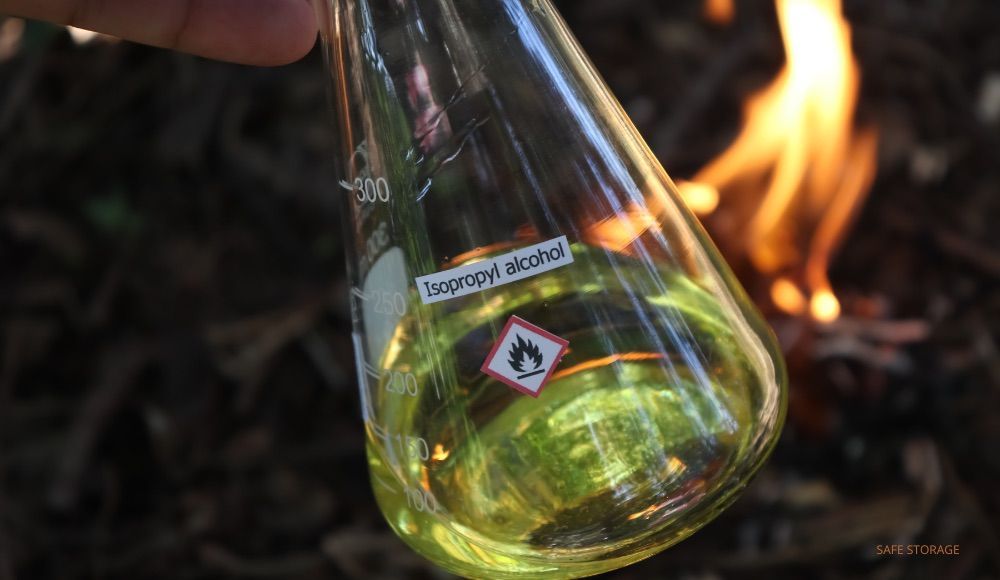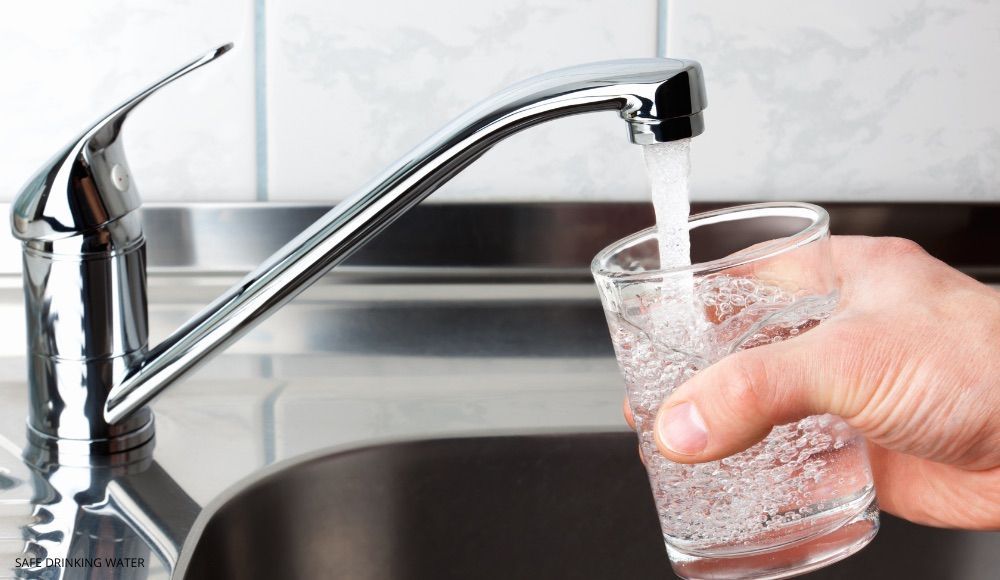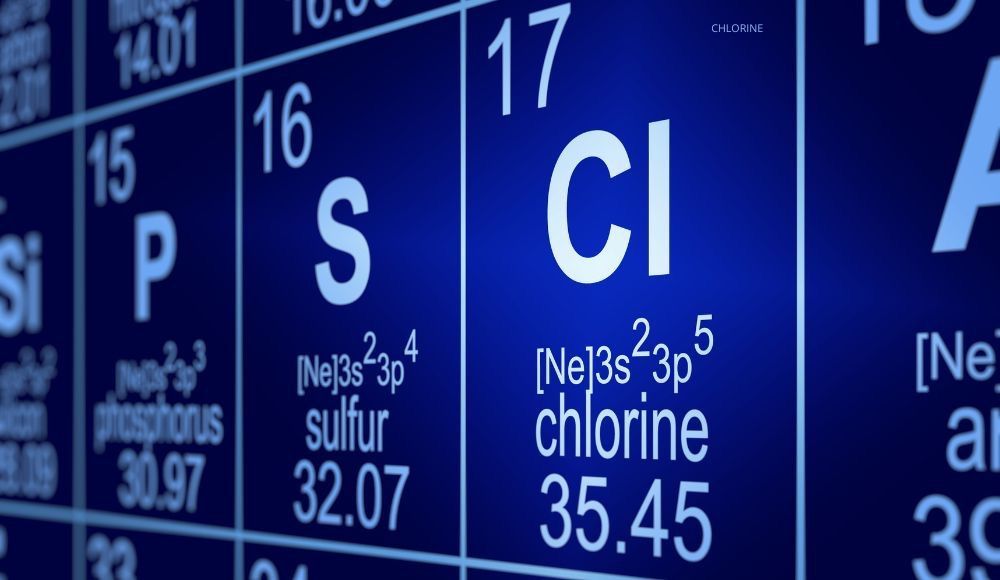Prevent Spillage: Tips and Techniques for Tidy Spaces
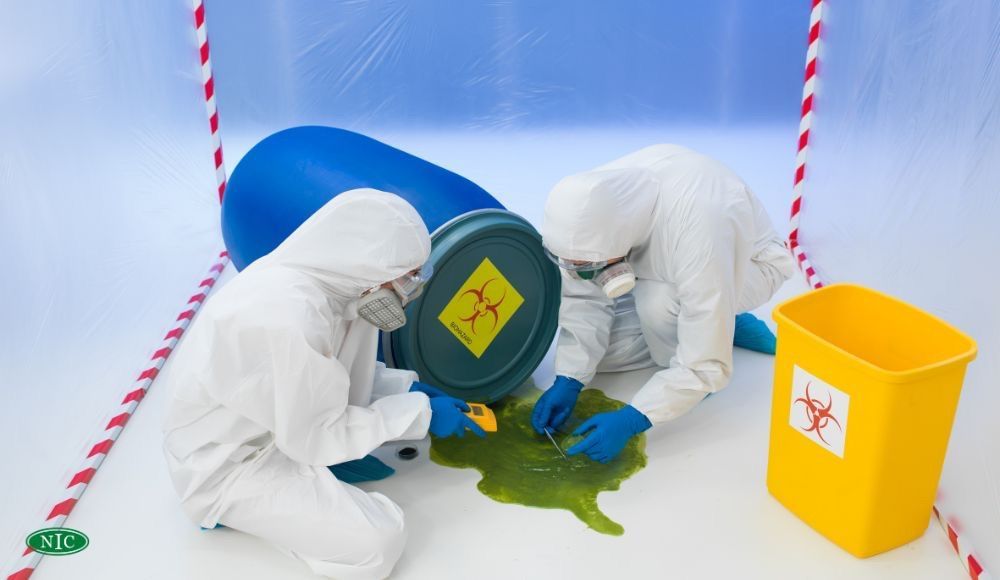
Effectively preventing and managing chemical spills is crucial for laboratory, industrial, and storage environments. Modern spill-proof solutions combine vital engineering, innovative materials, and best practices to minimize risks and ensure safety.
Effective Spill Control Methods
Spill Containment Systems
- Portable and flexible containment berms, spill pads, and concrete berms catch leaks and spills from tanks, drums, and other containers.
- Structured containment pallets with large sumps can store drums or barrels and retain leaked liquids, making them ideal for hazardous waste collection and battery storage.
- Heavy-duty trays and drive-on collector systems contain incidental spills during equipment transfer or storage, especially in high-risk areas like drilling and fracking sites.
Absorbent Materials and Spill Kits
- Absorbent pads, pillows, and powders quickly soak up chemical spills and are essential to spill response kits.
- Comprehensive spill kits include absorbents, neutralizers, PPE, and disposal bags, ensuring readiness for various spill scenarios.
Advanced Materials and Technologies
- Innovations like nano-sponges and hydrophobic nano coatings significantly increase absorption efficiency and make surfaces spill-resistant.
- Self-healing polymers and shape-memory alloys automatically seal leaks or repair minor damage in containment barriers.
Easy Spill Prevention Tips
Safe Chemical Containers
- Pressure-Stable, Leak-Proof Bottles: High-density polyethylene (HDPE) and polypropylene bottles with tight-sealing caps prevent leaks and withstand pressure changes. Safety-coated glass bottles are also used for hazardous chemicals, preventing shattering and containing spills.
- Chemical Compatibility: Containers and closures made from materials compatible with the stored chemical must be chosen to prevent degradation and leaks.
Best Practices for Spill Prevention
- Proper Storage and Handling: Store chemicals by hazard class, use shelves with lips, and keep large containers close to the floor. Regularly inspect containers for integrity and use seismic security where necessary.
- Transport Precautions: When moving chemicals, use carts, safety containers, and secure lids. Avoid transporting chemicals during busy times to reduce collision risk.
Emergency Preparedness
- Spill Response Plans: Establish clear procedures for immediate containment, cleanup, and decontamination. Train staff regularly and ensure spill kits are easily accessible.
Final Thoughts
Maintaining tidy spaces helps prevent chemical spills, ensuring safety and efficiency in the workplace. Implementing regular cleaning schedules, properly labelling and storing chemicals, and providing comprehensive training to employees can minimize potential risks.
Prioritizing these preventative measures safeguards employees and enhances productivity by reducing downtime associated with spill-related incidents. Furthermore, fostering a culture of safety and responsibility encourages vigilance and adherence to best practices.
By taking these proactive steps, organizations can create a safer and more organized environment, ultimately contributing to their operations' overall success and sustainability.
Contact NIC Today for All Your Chemical Needs
Contact North Industrial Chemicals for advice on your industrial chemical requirements. Our expert team is standing by to serve you.
